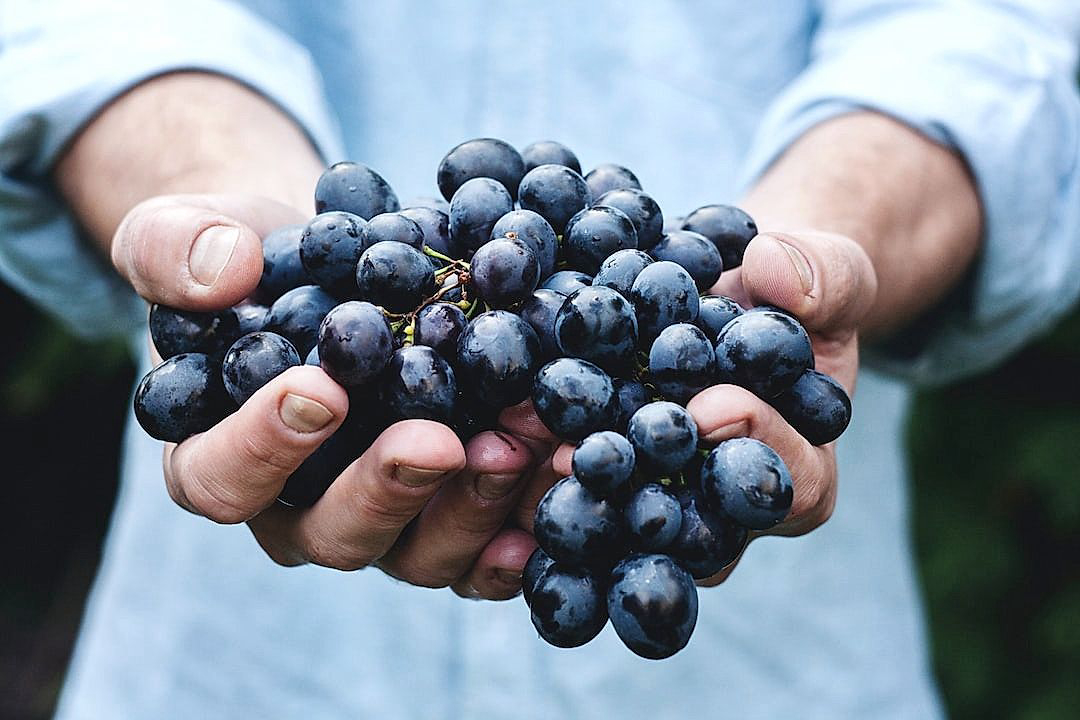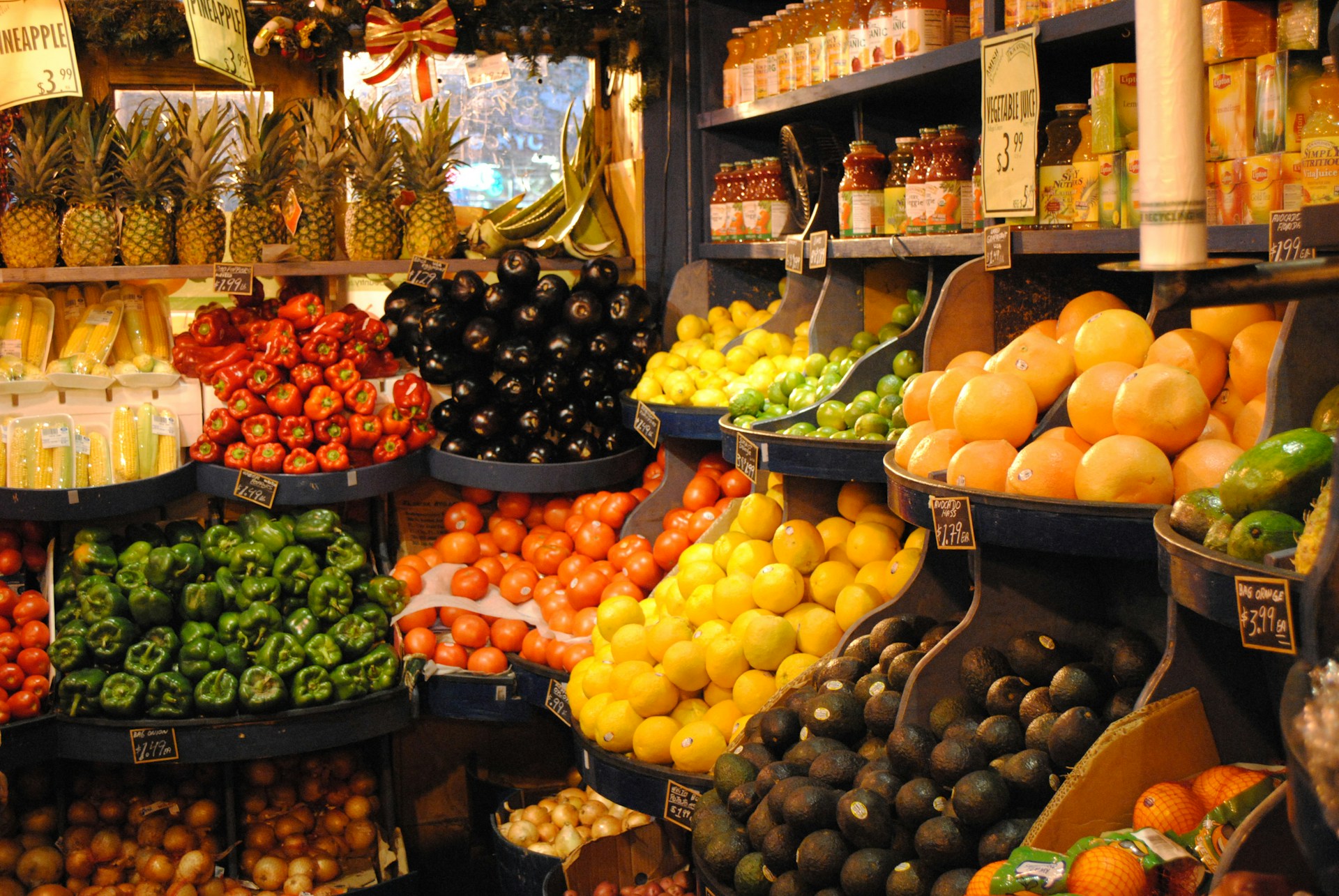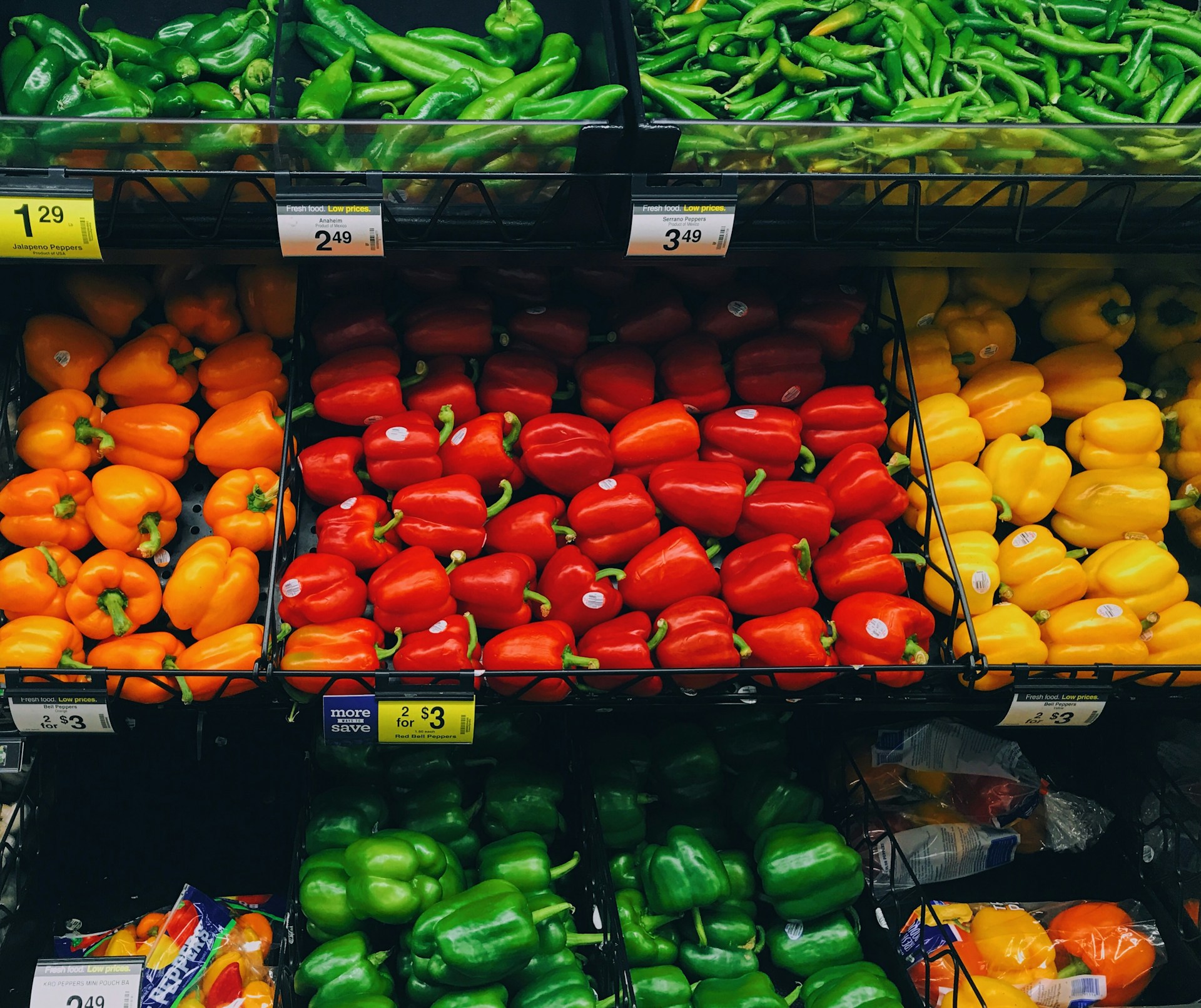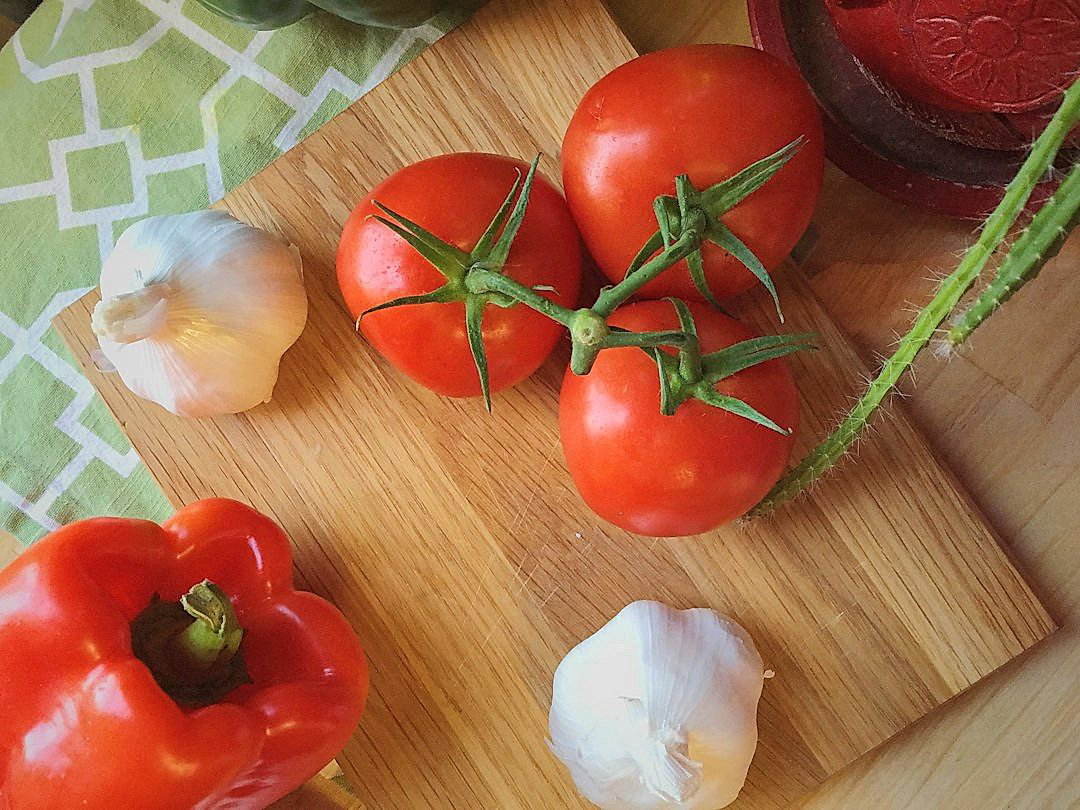In today’s fast-paced world, there is a continual evolution in how food reaches our tables.
Produce distribution, a crucial link in the agri-business value chain, is no exception.
This sector is undergoing major transformations due to advancements in technology, consumer demands, and global trade practices.
Understanding these shifts is vital for industry players and stakeholders to maintain competitiveness and efficiency.
The purpose of this writing is to help you navigate these changes by discussing key trends in the industry.
The insights provided aim to equip you with the knowledge necessary to thrive in the changing landscape of produce distribution.
Key Trends In Produce Distribution
1. Increased demand for local, organic produce.
The first key trend in produce distribution to highlight is the increased demand for local, organic produce.
Consumers today are more health-conscious than ever, and this has sparked an increased interest in local, organic foods.
These foods, grown without synthetic pesticides or fertilizers, offer greater nutritional value and pose fewer health risks than their conventionally grown counterparts.
Additionally, many consumers value the transparency offered by local, organic produce.
Knowing where food comes from and how it is grown provides peace of mind and contributes to an overall healthier lifestyle.
Consumers today are making more thoughtful food choices, with many prioritizing local, organic produce for its nutritional benefits and lower environmental impact.
As a result, the demand for local, organic produce has skyrocketed, with organic food sales in the United States increasing by more than 200% over the past decade.
Moreover, this growing demand is not limited to farmers markets and health food stores.
Large, traditional supermarkets are also expanding their organic offerings to meet customer expectations.
To meet this demand, many farms are transitioning to organic practices, a move that also promotes biodiversity and soil health.
Importantly, the increased demand for organic produce also extends to restaurants and cafeterias, impacting not just how food is produced but also how it is distributed.
The rise in demand for local, organic produce appears to be here to stay, reflecting a broader societal shift towards healthier, more sustainable living.
With consumers willing to pay a premium for organic foods, market opportunities for producers and distributors are plentiful.
However, keeping up with demand requires improving and expanding distribution networks.
By optimizing farm-to-consumer routes, distributors can ensure a consistent supply of organic produce, further strengthening the market.
A continued focus on organic produce distribution will allow farms, food retailers, and consumers to reap the numerous benefits offered by this burgeoning market.
2. Growth in online ordering and home delivery.
The digital evolution has significantly impacted our day to day life, including how we get our groceries.
The trend of online ordering and home delivery of produce is on a remarkable rise, leading essentially to a shift in the produce distribution methods.
This growth can be attributed to various factors including customers’ preference for convenience and the evolving technology.
The advent and growth of e-commerce has made it possible for customers to easily order farm-fresh produce from the comfort of their homes.
Online ordering saves customers from the hassle of going to local produce markets or supermarkets, hence gaining popularity especially amongst the working population.
Moreover, it offers the advantage of round-the-clock availability, unlike traditional brick-and-mortar stores.
The consumers can have greater control over when and what they want to buy, adding to their convenience and improving their buying experience.
In addition, home delivery reduces the carbon footprint by limiting the number of vehicles on the road, contributing to environmental sustenance.
With the COVID-19 pandemic, the trend of online ordering and home delivery has skyrocketed as consumers look for safe and contactless ways to purchase groceries.
This transition has also encouraged local farmers to adapt to new methods of distribution.
Farmers are now selling their produce directly to consumers online, cutting out the middlemen, and ensuring fresher and cheaper products to consumers.
Retailers are partnering with delivery companies to enhance their distribution networks and meet the increasing demand for home delivery of fresh produce.
This trend is not just limited to metropolitan cities but is spreading across smaller towns and rural areas, making fresh produce available to a larger population.
It also opens doors for farmers and vendors in remote areas to distribute their produce to a wider customer base across geographical boundaries.
Technology advancements such as the use of drones and AI in delivery are further propelling the growth in online ordering and home delivery.
Mobile applications and websites of grocery stores offer a platform for consumers to browse through an array of products, read reviews and make informed decisions about what they want to purchase.
However, to keep up with this trend, it is important for vendors to maintain high-quality standards, ensure fast delivery and provide excellent customer service.
3. Preference for sustainable, eco-friendly packaging.
One trend that is growing in the produce distribution market is the shift towards sustainable and eco-friendly packaging.
This movement is fuelled by a rise in customer awareness about environmental issues.
Consciously, consumers are seeking ways to reduce their carbon footprint and are choosing brands that share in such values.
Notably, a significant element of this eco-friendly trend is relating to packaging.
Eco-friendly packaging goes beyond mere aesthetics or marketing gimmicks; it plays a critical role in minimizing waste.
By adopting such packaging, distributors are not only appeasing eco-conscious consumers, but they are also doing their part in reducing environmental damage.
Typically, sustainable packaging is characterized by its recyclable, reusable, or compostable properties.
Certain companies are leading the way in this regard, developing innovative packaging solutions made from renewable resources.
These companies are proving that sustainability and practicality can coexist in the realm of packaging.
Additionally, some distributors are experimenting with plastic-free packaging strategies; others are focusing on reducing the overall amount of material used.
With these efforts stems a new appreciation for distributors, creating a competitive advantage in the fiercely contested market.
Still, the transition to eco-friendly packaging is not a straightforward process.
It requires investing in research and development, testing for durability, and ensuring that the new packaging can protect produce effectively.
Furthermore, there may be logistical and financial challenges to consider, including supply chain adjustments and potential increased costs.
One encouraging indication for distributors is that consumers are willing to pay a premium for products with eco-friendly packaging.
In light of this, the preference for sustainable, eco-friendly packaging is a trend that cannot be ignored by those in the produce distribution industry.
It is not just a passing fad or a nice-to-have feature – it’s becoming a business imperative.
4. Transition Towards Direct Farm-to-Consumer Models
The shift towards direct farm-to-consumer models of distribution is a significant trend in the produce industry.
This essentially bypasses traditional retail outlets which allows consumers to buy their produce directly from farmers.
This model, often facilitated by online platforms, provides numerous benefits, including fresher produce, direct support to farmers, and reduced carbon footprint.
By buying directly, consumers are not only getting fresher products but also helping to bolster local economies by directly supporting farmers.
Direct farm-to-consumer models can take various forms, including farmers’ markets, pick-your-own farms, farm stands, and community-supported agriculture programs (CSAs).
CSAs, for example, allow consumers to purchase a share in a farm’s harvest in advance and then receive a portion of the crops as they’re harvested.
Such models encourage a closer connection between consumers and their food, promoting an understanding of where the food comes from and how it’s grown.
Furthermore, by reducing the number of intermediaries between the farmer and the consumer, this model allows for a shorter supply chain.
As a result, it minimizes the time from harvest to consumption, keeping the produce fresher and richer in nutrients.
The shorter supply chain lessens the environmental impact due to less transportation, reduced storage time, and minimized food waste.
Many consumers are drawn to this model because it aligns with their values regarding sustainable and ethical consumption.
Direct purchasing from farms is not only about getting fresher produce, but also about the experience, connection, and understanding of the food source.
As the consumer demand for transparency and sustainability grows, direct farm-to-consumer models of distribution are steadily gaining popularity.
In this model, farmers also get a chance to diversify their offerings and try different types of crops which may not be feasible in traditional retail systems.
Therefore, the transition towards direct farm-to-consumer models is shaping how the produce gets distributed, creating more sustainable, ethical, and efficient systems.
5. Rise in Subscription-based, Regular Produce Boxes
One of the most noticeable trends in the world of produce distribution is the steady rise in the popularity of subscription-based, regular produce boxes.
These produce boxes, also referred to as CSA boxes or farm boxes, have become a preferred choice for consumers who value fresh, organic, and locally sourced produce.
Most produce box services operate on a weekly or bi-weekly delivery schedule, providing consumers a consistent supply of fresh fruits and vegetables.
The popularity of these services largely stems from the convenience they offer, enabling consumers to maintain a healthy diet without the hassle of regular grocery shopping.
Many produce box providers also offer a wide variety of options, catering to different dietary requirements and preferences. For instance, customers can choose boxes with more vegetables, more fruits or a balanced mixture of both.
Moreover, some providers allow their customers to customize their box according to their personal preferences, thus ensuring they get the produce they enjoy the most.
Subscription-based produce boxes are not only popular among consumers, but also provide a sustainable business model for small-scale farmers who may otherwise struggle to compete in the mainstream market.
By selling directly to consumers through subscription boxes, farmers can secure a steady income and be less dependent on the demands and price fluctuations in larger markets.
These services often foster a stronger connection between farmers and consumers, promoting transparency and trust in the food supply chain.
Despite their many advantages, subscription-based produce boxes do face some challenges.
For example, logistical issues can arise when dealing with the distribution of perishable goods on a large scale.
Additionally, some consumers may not value the surprise element of these boxes, preferring to select their own produce at the store.
Regardless, the steady rise in popularity of these subscription services is a clear indication of changing consumer habits, as more and more people recognize the benefits of locally sourced, organic produce.
Going forward, we can expect to see continued growth in this area, as consumers increasingly prioritize health, convenience, and sustainability.
Therefore, subscription-based, regular produce boxes are much more than just a fad, they are a vital part of the future of produce distribution.
The Bottom Line
It is clear that shifting consumer trends are significantly reshaping the landscape of the organic food industry.
The increasing demand for locally-sourced, organic produce reflects a deeper appreciation and concern for health and sustainability among consumers.
With the rapid rise in online ordering and home delivery, this convenience is only further fueling their preference for such produce.
Sustainable, eco-friendly packaging is emerging as another important factor influencing consumer choices, signaling a growing consciousness about environmental impact.
The budding trend of direct farm-to-consumer models allows for fresher produce and transparency, epitomizing the desire for a more organic, personal, and trusted connection with food sources.
Furthermore, the growth of subscription-based, regular produce boxes indicates a desire for both convenience and quality, exemplifying how businesses are creatively responding to these emerging ideals and preferences.
These trends clearly suggest the path ahead for the organic food industry – one that is locally-sourced, sustainable, and deeply integrated with consumer lifestyles.




